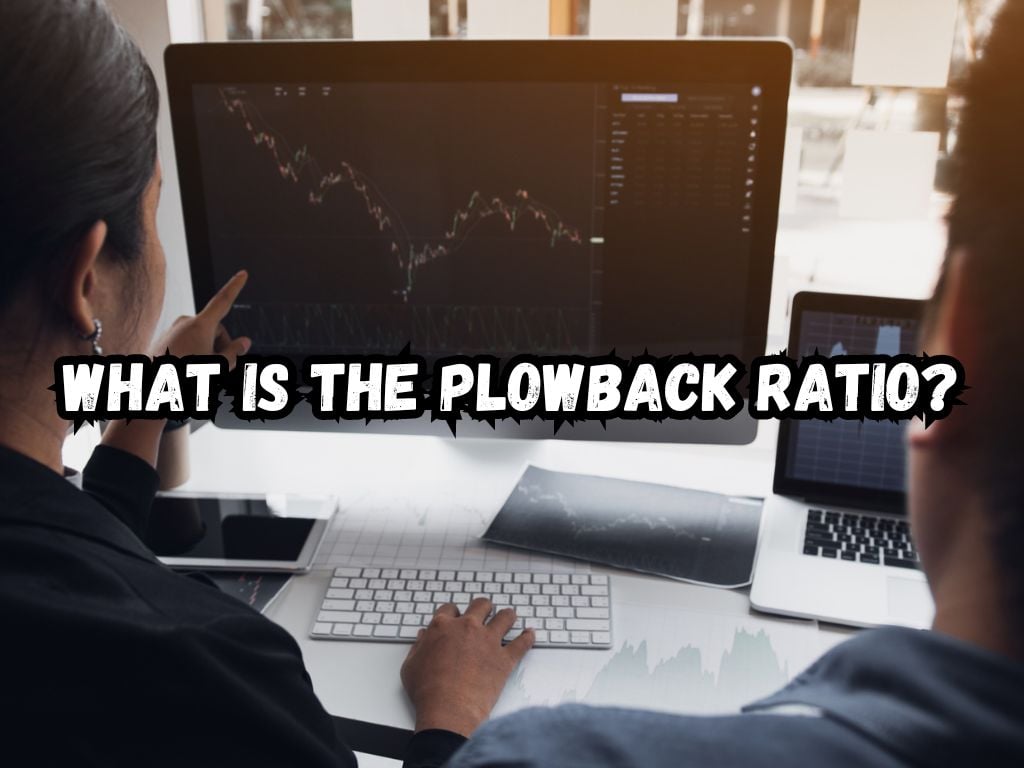In the intricate realm of finance and investing, scrutinizing how a company manages its earnings is pivotal for both seasoned investors and newcomers.
This guide aims to delve deep into what the plowback ratio entails, its calculation method, its profound significance in financial analysis, and its nuanced implications for investment decisions.
What Is the Plowback Ratio?
The plowback ratio, also known as the retention ratio, quantitatively measures the fraction of net income a company decides to retain and reinvest in its core business operations rather than distribute as dividends to its shareholders.
This metric essentially indicates a company’s growth strategy preference and operational efficiency by highlighting its commitment to using its earnings as a reinvestment tool for future ventures.
The Mathematical Foundation of the Plowback Ratio
To get to the heart of the plowback ratio, one must understand its straightforward calculation formula:
[ \text{Plowback Ratio} = \frac{(\text{Net Income} – \text{Dividends})}{\text{Net Income}} ]
This formula succinctly demonstrates how much of the company’s earnings are being plowed back into the company after dividend distributions.
For instance, a company with a net income of $200,000 paying out $50,000 in dividends would have a plowback ratio of 75%, indicating a substantial reinvestment of its earnings.

The Strategic Significance of the Plowback Ratio
The value of the plowback ratio extends beyond a mere numerical figure; it offers critical insights into a company’s growth trajectory and shareholder value creation strategy.
A high plowback ratio signifies a firm’s intention to channel earnings back into the business to fund expansion projects, research and development, and other growth-centric initiatives. In contrast, a lower ratio may suggest a company’s preference towards distributing profits among shareholders through dividends.
Analyzing the Plowback Ratio: A Closer Look
Understanding the nuances of the plowback ratio requires context. Different sectors, company maturities, and growth phases influence the ideal plowback ratio.
Early-stage, growth-focused companies often showcase higher ratios, reflecting an aggressive reinvestment strategy, whereas established, mature companies might present lower ratios, indicating a stable dividend payout policy.
Pros and Cons of a High Plowback Ratio
A high plowback ratio can herald a phase of aggressive growth and expansion, with the potential for enhanced returns in the long run.
However, this approach carries inherent risks, as excessive reinvestment may not always yield proportional returns and might sideline shareholders looking for immediate income through dividends.
Therefore, striking a harmonious balance between reinvestment and dividend payout is vital for sustained growth and shareholder satisfaction.
The Synergy of Plowback Ratio with Other Financial Metrics
While the plowback ratio is a significant indicator on its own, integrating it with other financial metrics like the payout ratio, Return on Equity (ROE), and Return on Assets (ROA) can offer a more holistic view of a company’s financial stability, growth prospects, and the efficacy of its investment strategies.
Strategic Implications of the Plowback Ratio for Investors
For savvy investors, the plowback ratio not only signals a company’s future growth aspirations but also indicates its current operational efficiency and commitment to enhancing shareholder value.
Investors use this metric to sieve out companies with robust internal reinvestment plans that are likely to fuel long-term growth, aligning with their investment goals.
Industry-Specific Dynamics and the Plowback Ratio
The applicability and implications of the plowback ratio vary across different industries. For instance, tech startups and biotech firms often exhibit higher plowback ratios, underscoring their heavy reliance on continuous innovation and development to stay competitive.
Conversely, utilities and real estate sectors might display lower ratios, reflecting their operational stability and consistent dividend payout practices.

Deep Dive: Advantages, Challenges, and Strategic Moves
The Power of a Balanced Plowback Ratio
Achieving an optimal plowback ratio that aligns with both growth objectives and shareholder expectations is critical.
A balanced ratio ensures that a company can fund its expansion and innovation endeavors without jeopardizing its dividend commitments, thereby maintaining investor confidence and market competitiveness.
Pitfalls and Strategic Considerations
Relying excessively on the plowback ratio without considering the efficiency of reinvested funds can lead to strategic missteps. Investors need to assess whether the reinvested earnings are generating adequate returns.
Hence, alongside the plowback ratio, evaluating ROE and profit margins becomes indispensable to ascertain investment effectiveness.
Conclusion
The plowback ratio is a vital metric for understanding a company’s reinvestment strategy and commitment to growth versus its shareholder dividend policies.
While not the sole indicator of financial health or future performance, it provides valuable insights when combined with other financial analyses.
A nuanced approach to evaluating the plowback ratio, considering industry norms, company maturity, and broader financial health, can empower investors to make informed decisions, aligning their investment portfolios with their long-term financial goals.


 Tags:
Tags:










